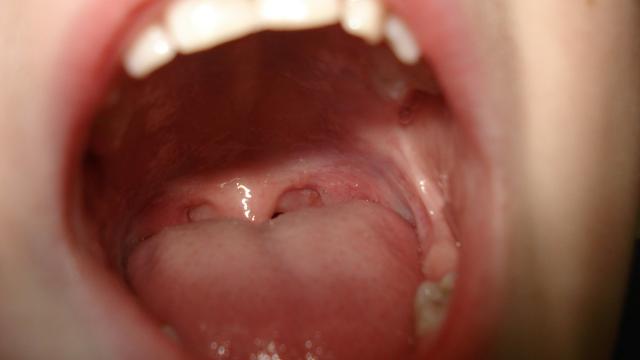Researchers at the National Institutes of Health think they’ve uncovered just why the mouth heals so easily. Their findings, published Wednesday in Science Translational Medicine, might even help us discover how to make the rest of our body heal quicker, too. And all they had to do was (slightly) hurt some innocent people.
Hoping to zero in on why the mouth heals much faster than other body parts, such as the skin, the researchers recruited 30 healthy, non-smoking volunteers for a simple experiment. They created a pair of 3m-wide wounds in each subject: One on the inner cheek of the mouth and one on the arm. Then they tracked how these wounds healed over the next six days, collecting tissue samples before and after the injury.
Finally, they studied the molecular profiles of these samples.
The direct comparison between skin and mouth wounds in the same person allowed the team to uncover “novel ‘molecular signatures’ that correspond to distinct stages of oral mucosa and skin during healing”, lead author Maria Morasso, chief scientist at the NIH’s Laboratory of Skin Biology, told Gizmodo via email.
Almost every individual cell in our bodies has the same genetic code underlying it. But different types of cells carry different instructions on how these genes should be expressed. In mouth cells, the team found, their instructions told them to be ready to heal at any moment’s notice.
These cells, unlike the arm skin cells, were already expressing patterns of genes that encourage wound repair, even before the injury had occurred. That allowed the cells to speed up the healing process, such as by limiting inflammation.
“The ‘priming’ of the oral cavity allows the cells to respond very rapidly to the wound and trigger a rapid closure, while the cells in the skin must first activate these mechanisms to be able to effectively close the wound”, Morasso explained. “This might be a reason why skin wounds heal slower when compared with the oral wounds”.
The team then took things one step further. They isolated one of the key proteins that relays these priming instructions, called SOX2 and bred mice to have higher-than-normal levels of SOX2 expressed in their skin cells. When the skin of these mice was hurt, it then healed quicker than usual.
The animal results aren’t meant to be anything more than a proof of concept. But Morasso says this and future studies could help us figure out how to make our wounds heal more quickly, as well as how to treat wounds that seemingly can’t heal at all, a problem that’s especially common with conditions like late-stage diabetes.
